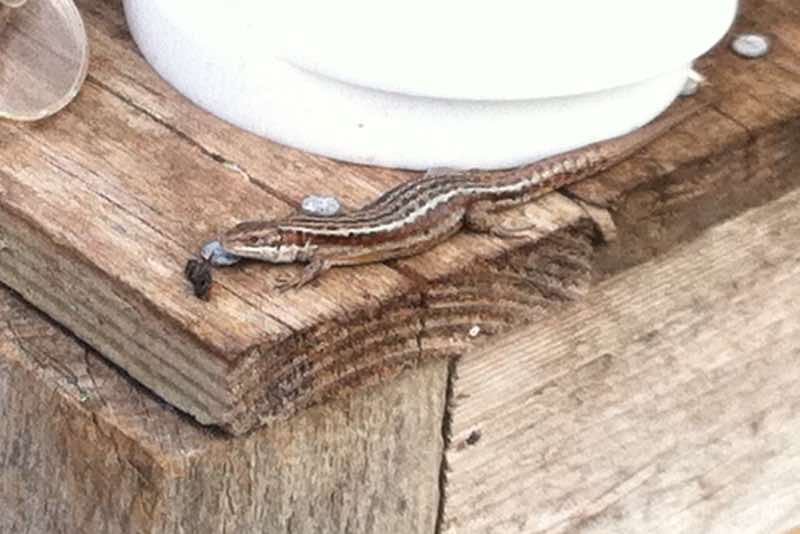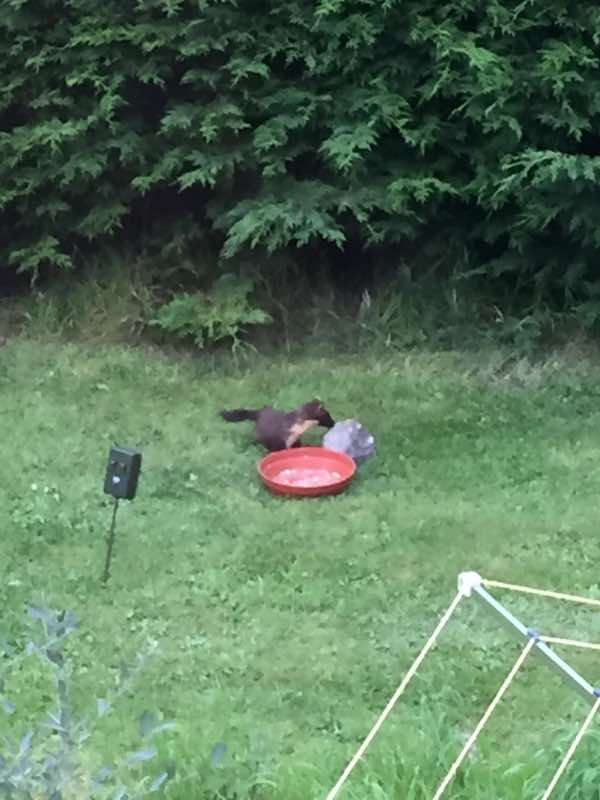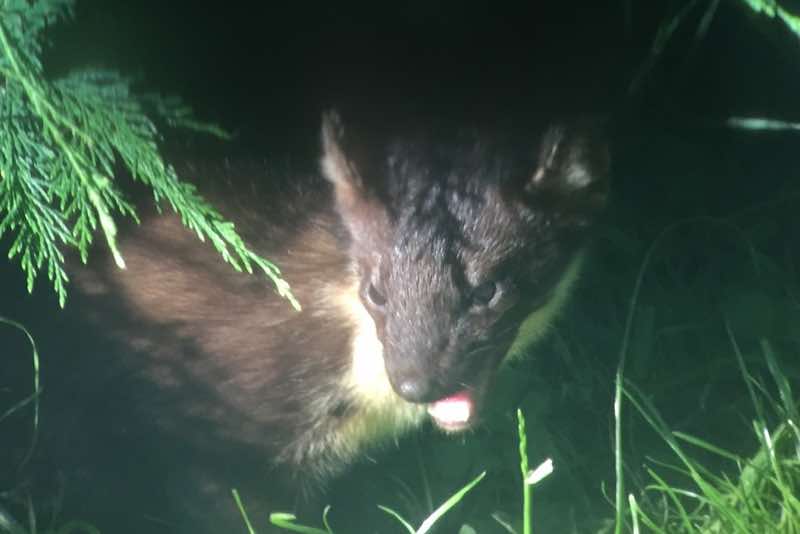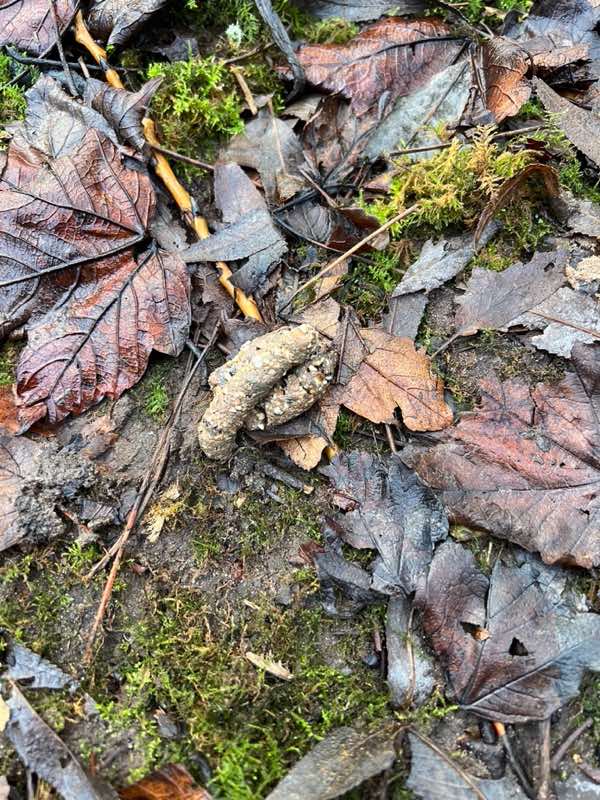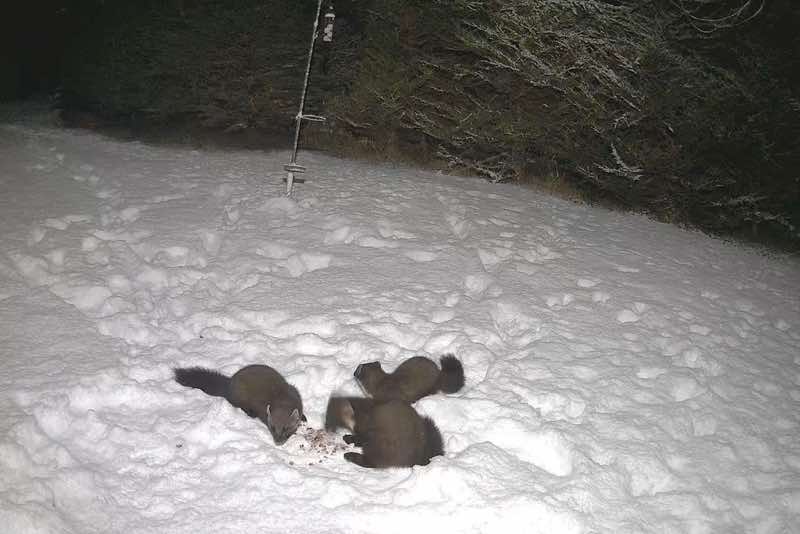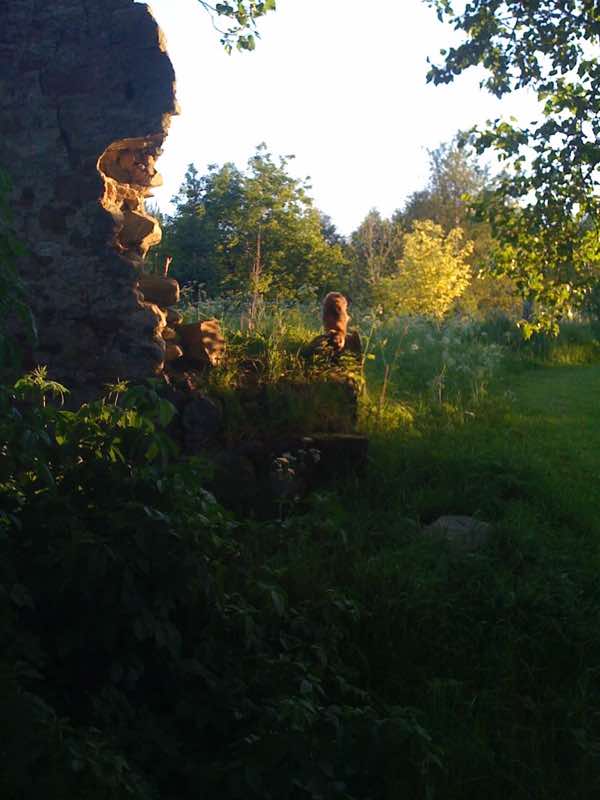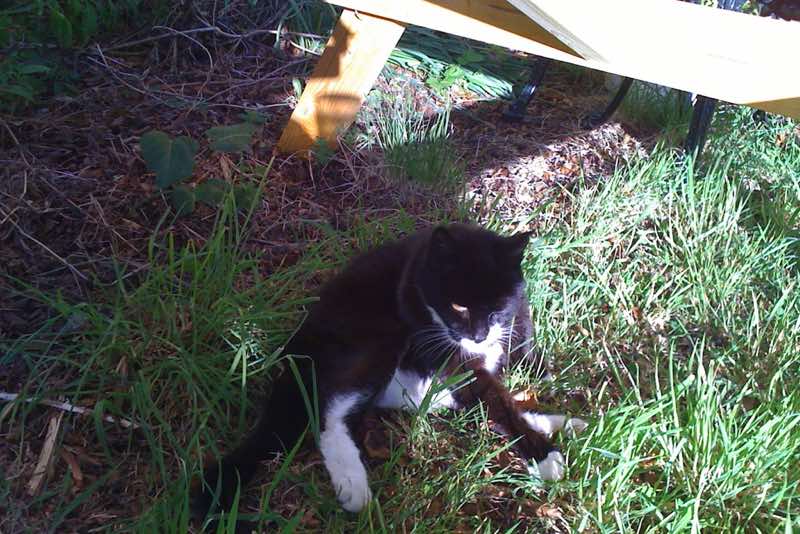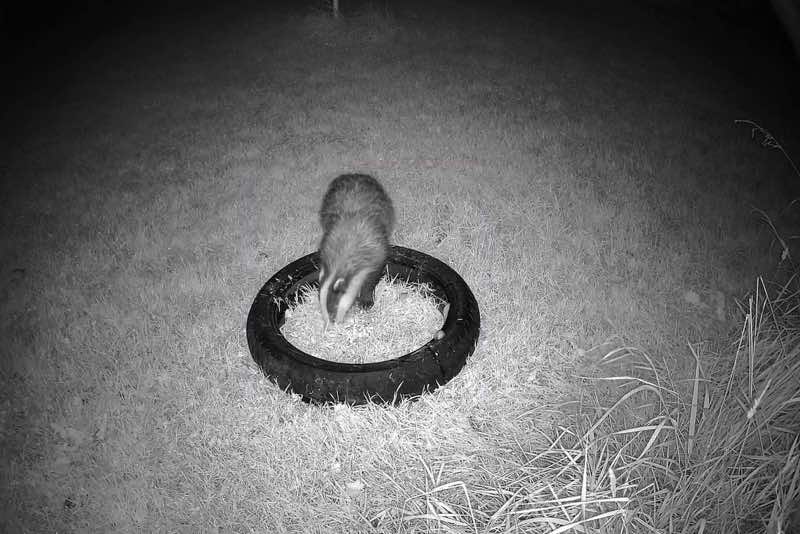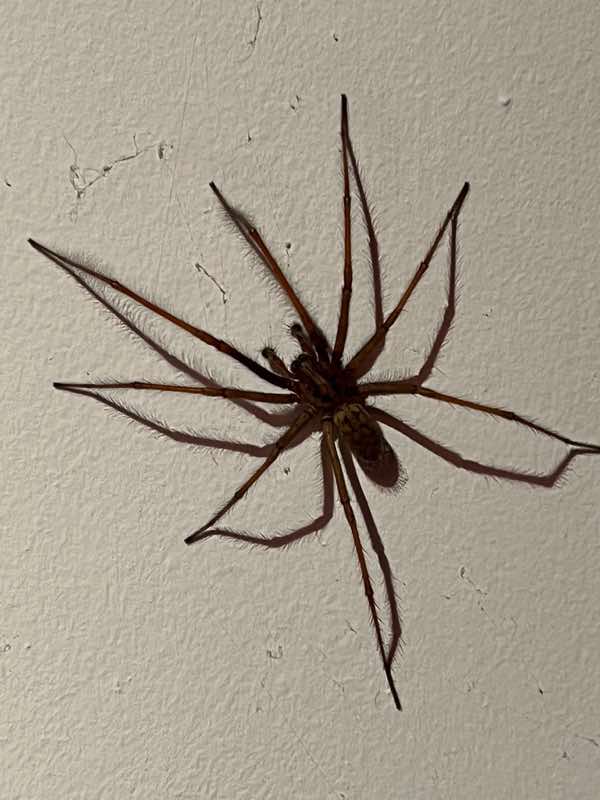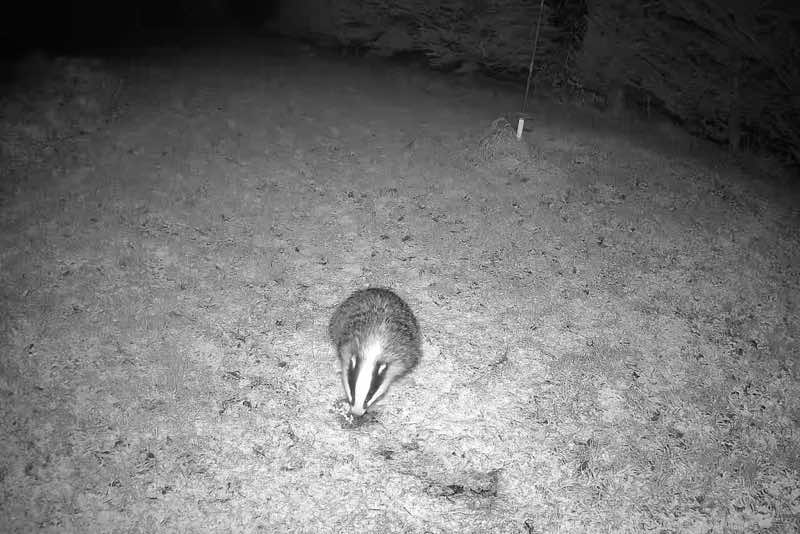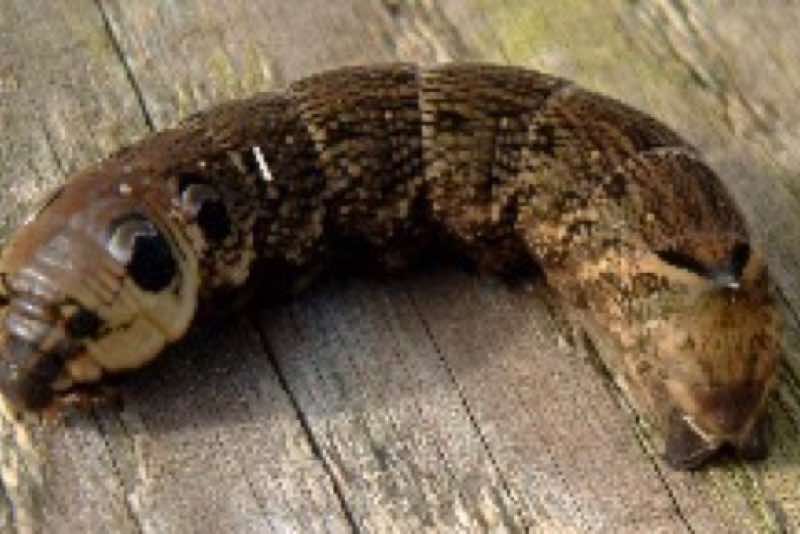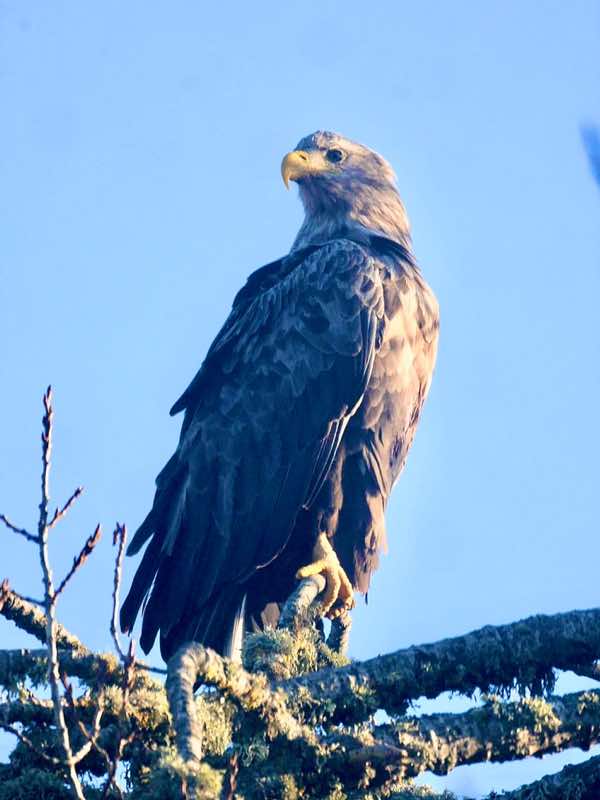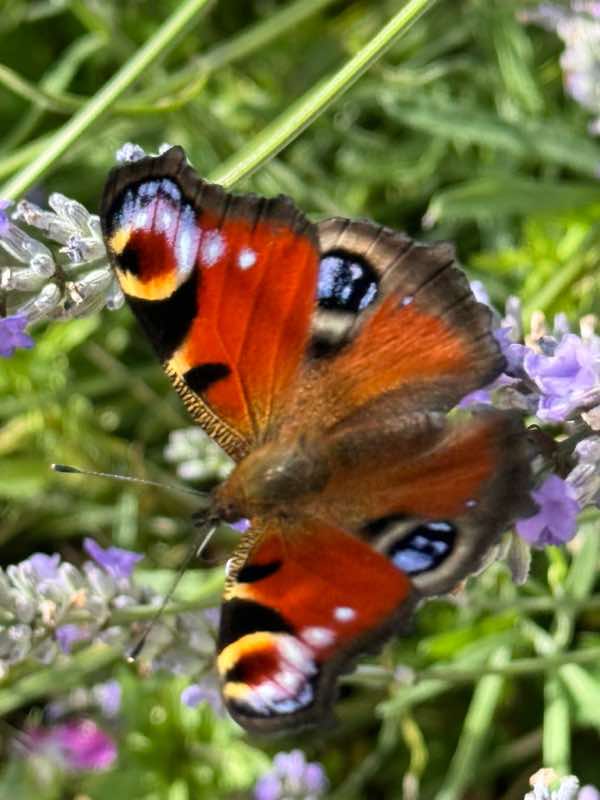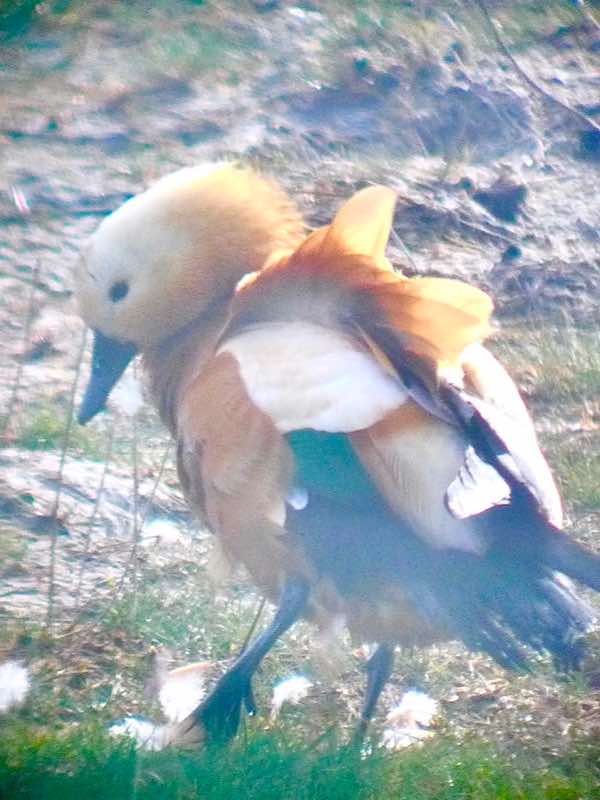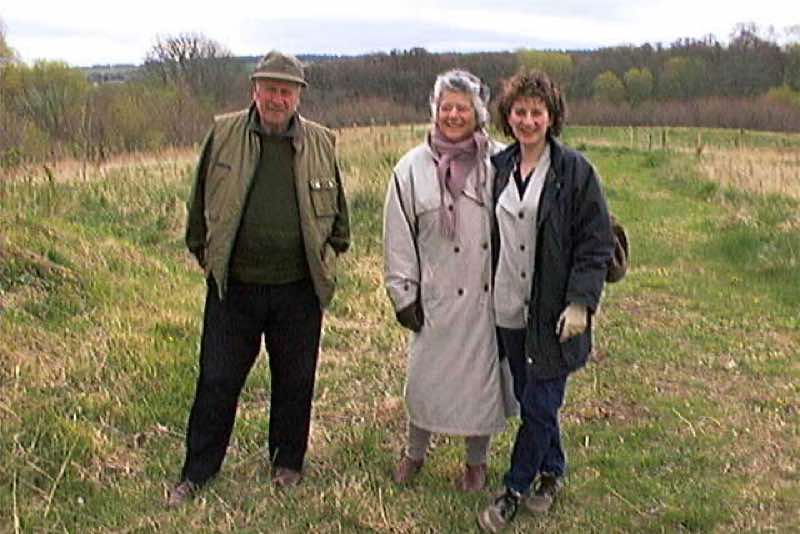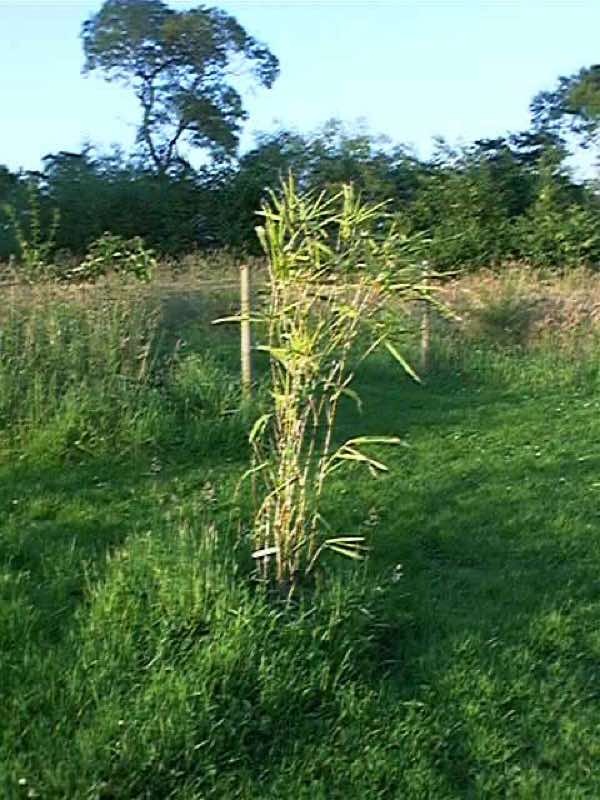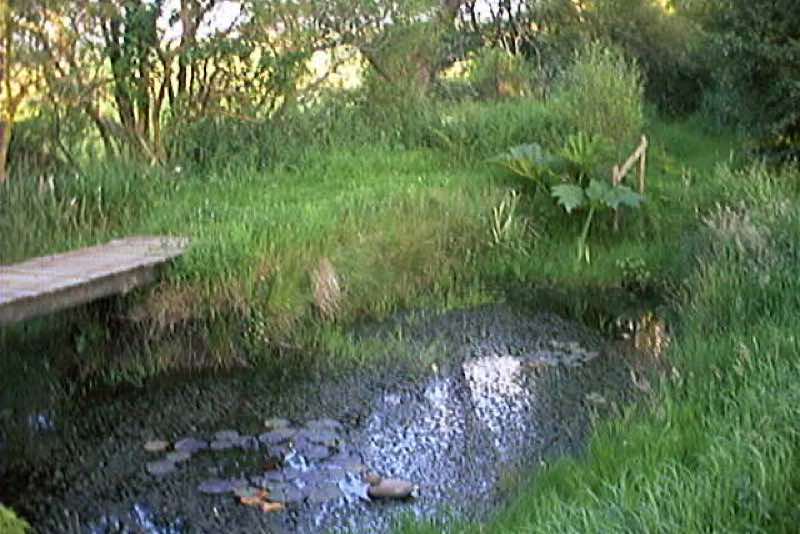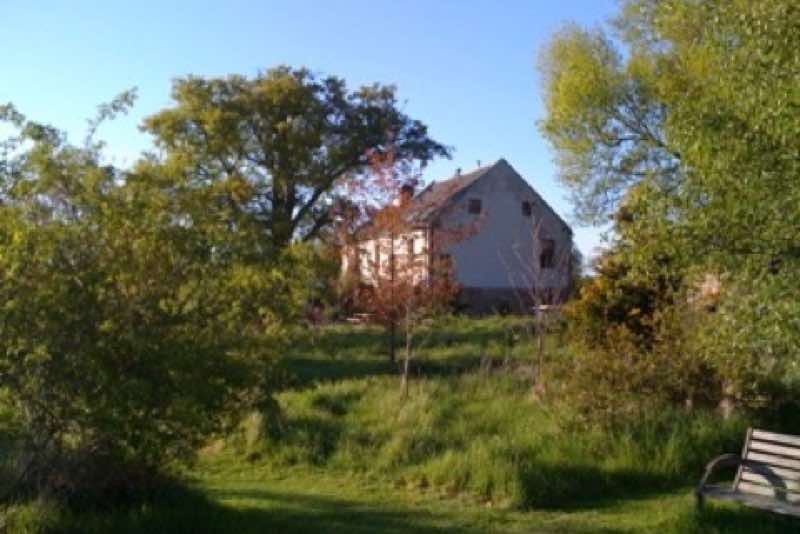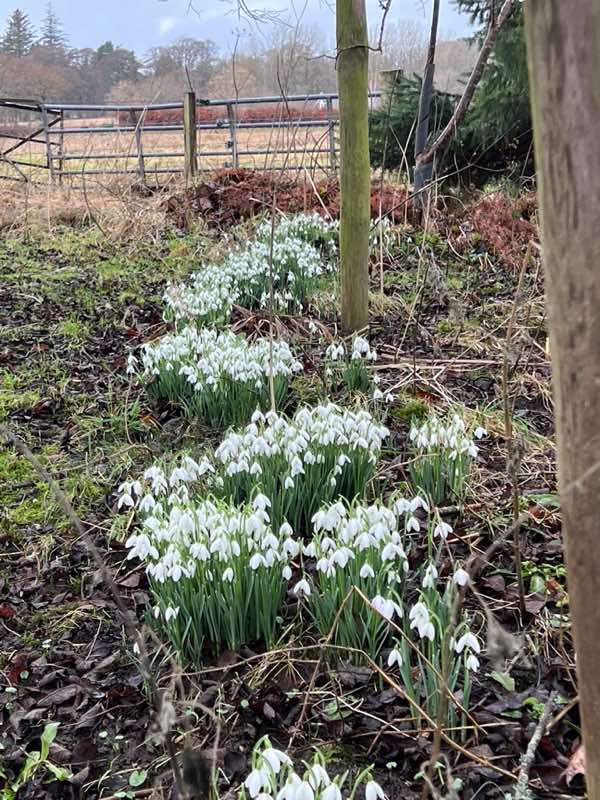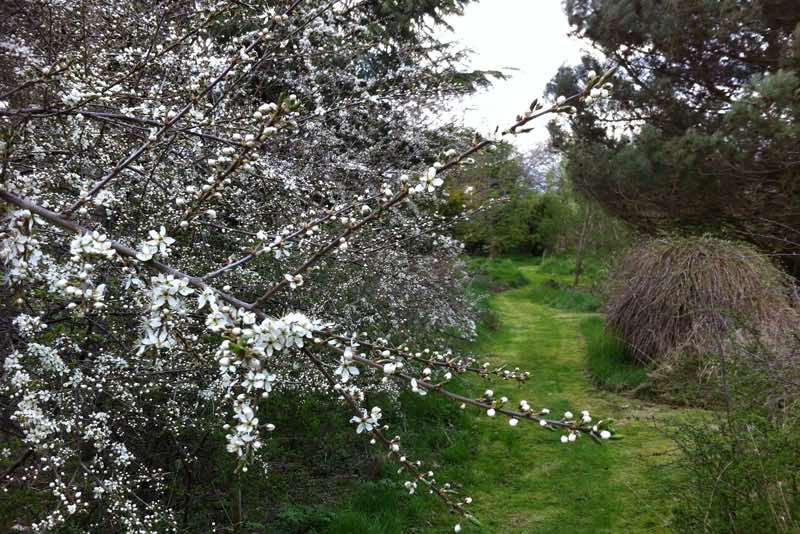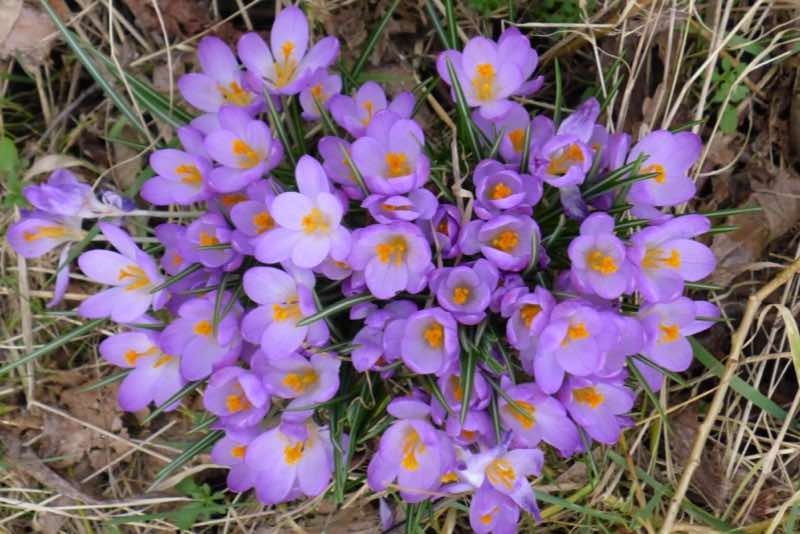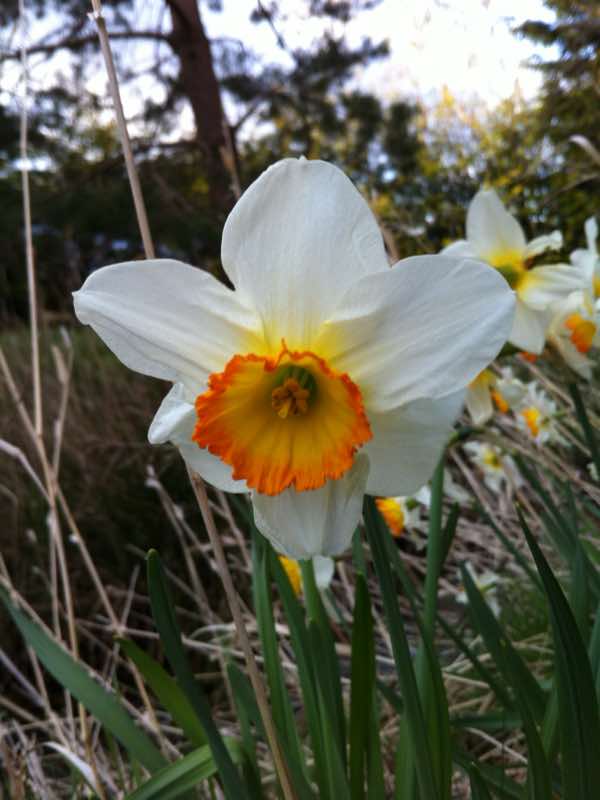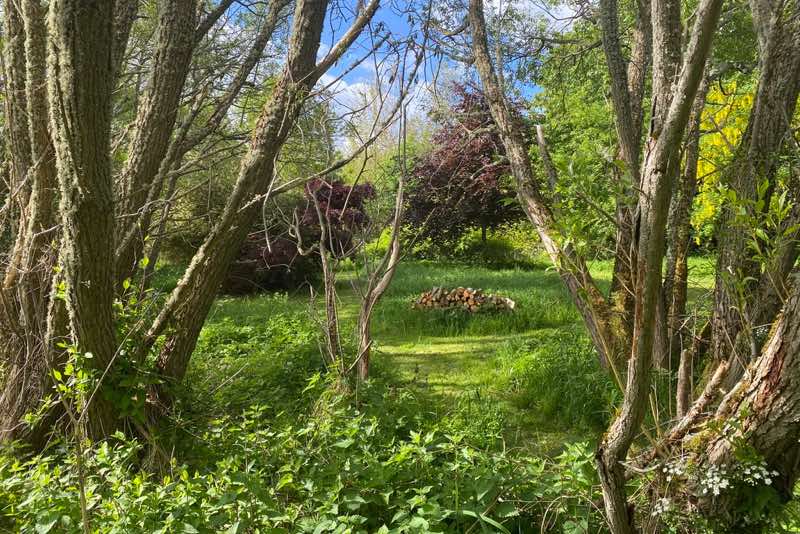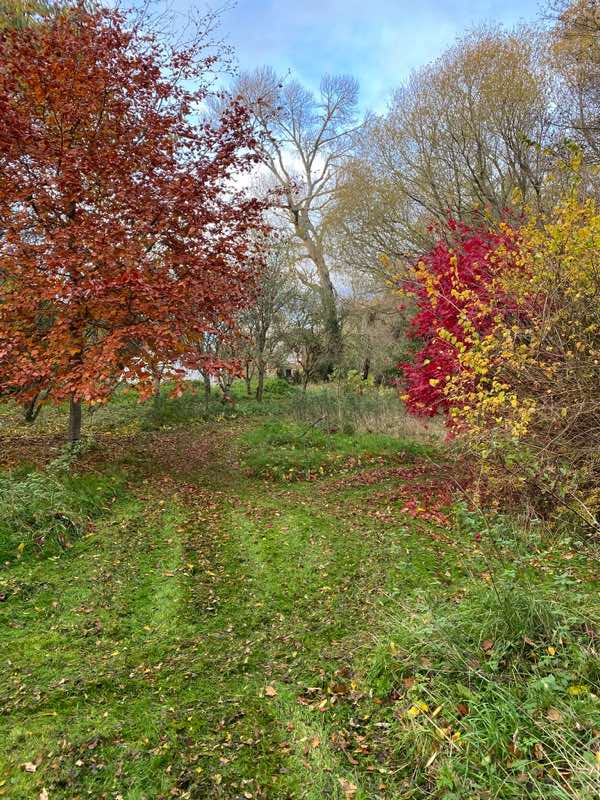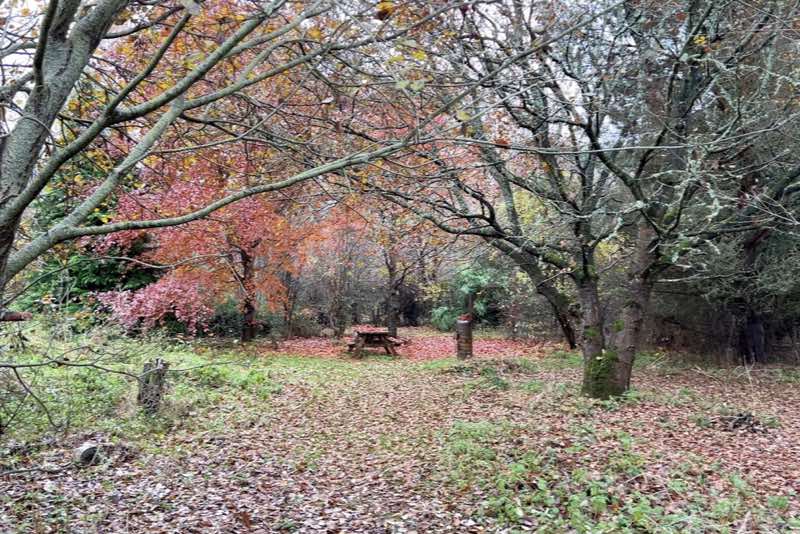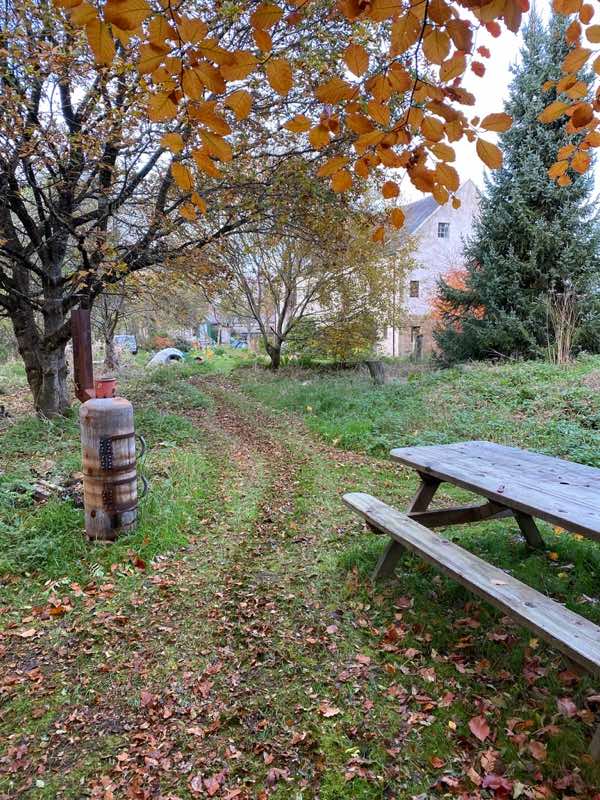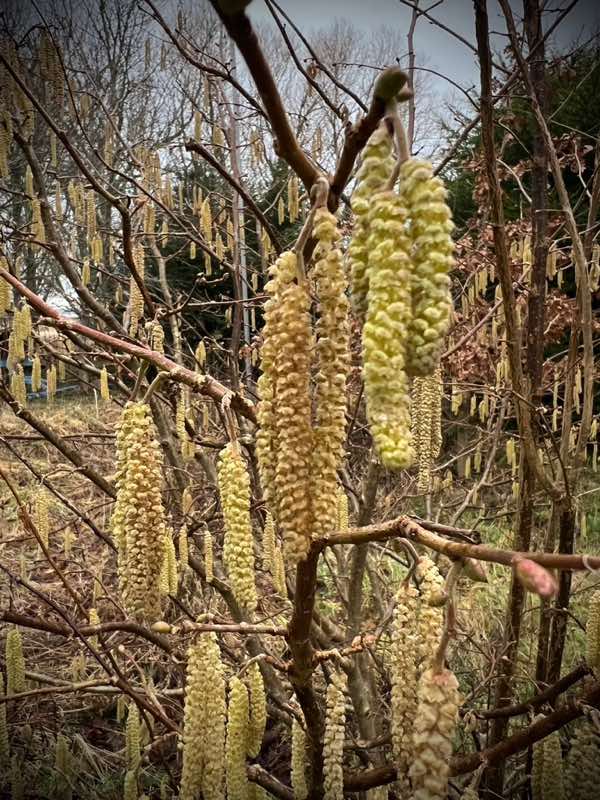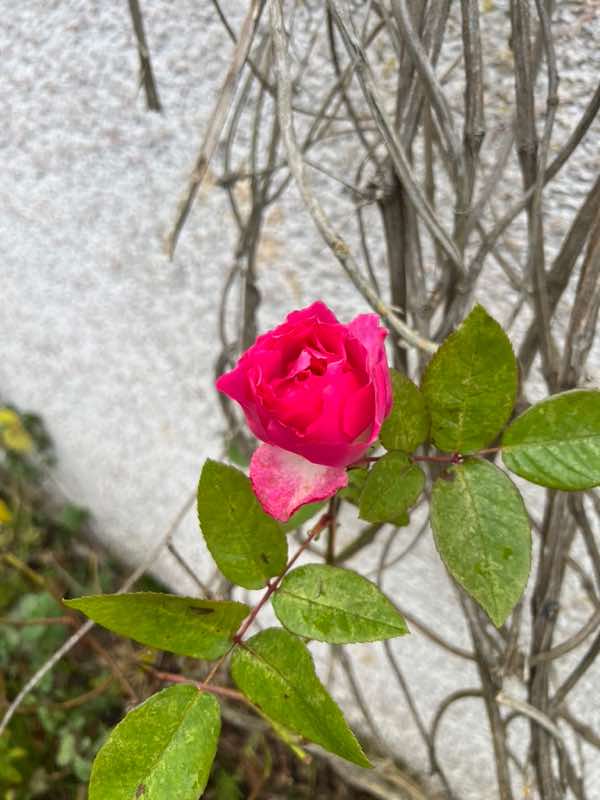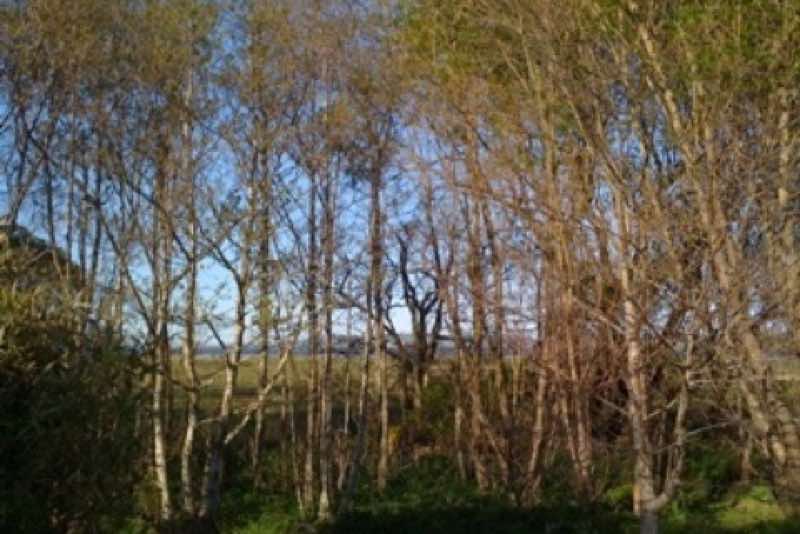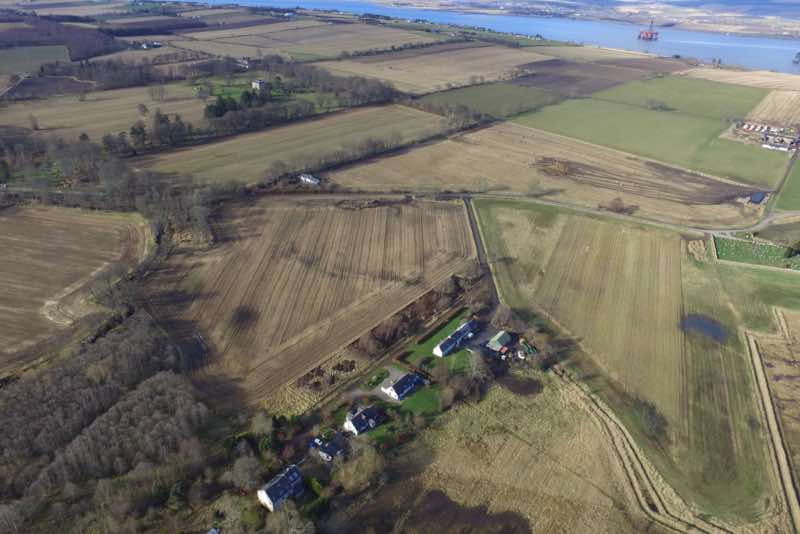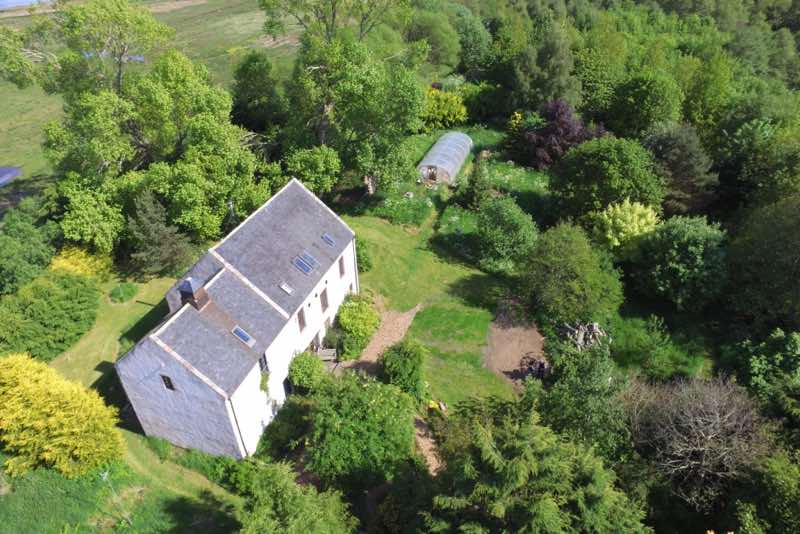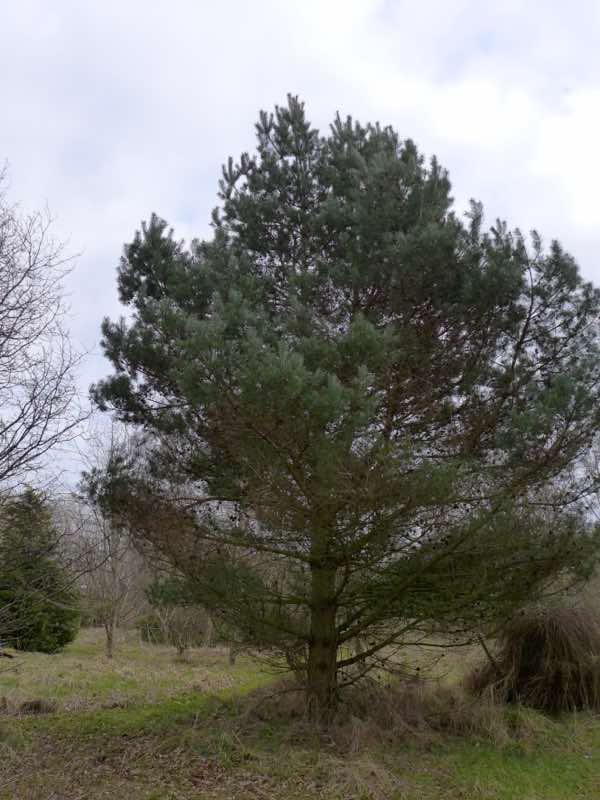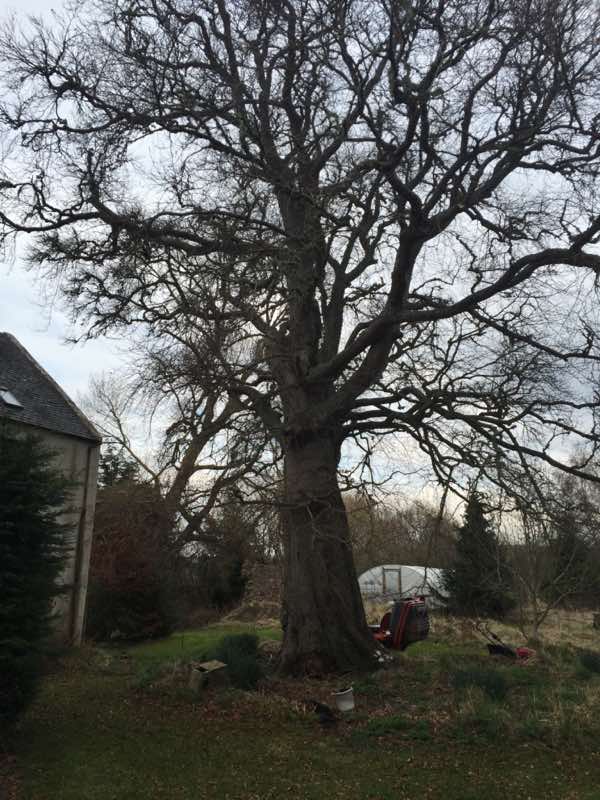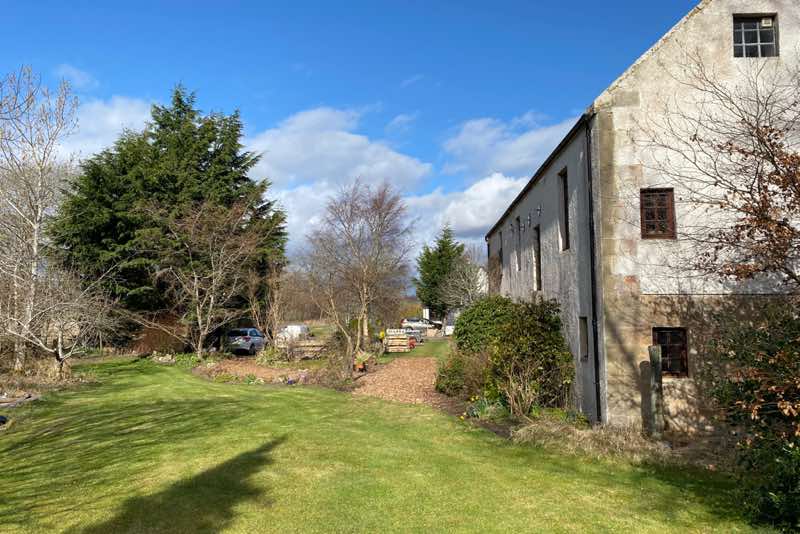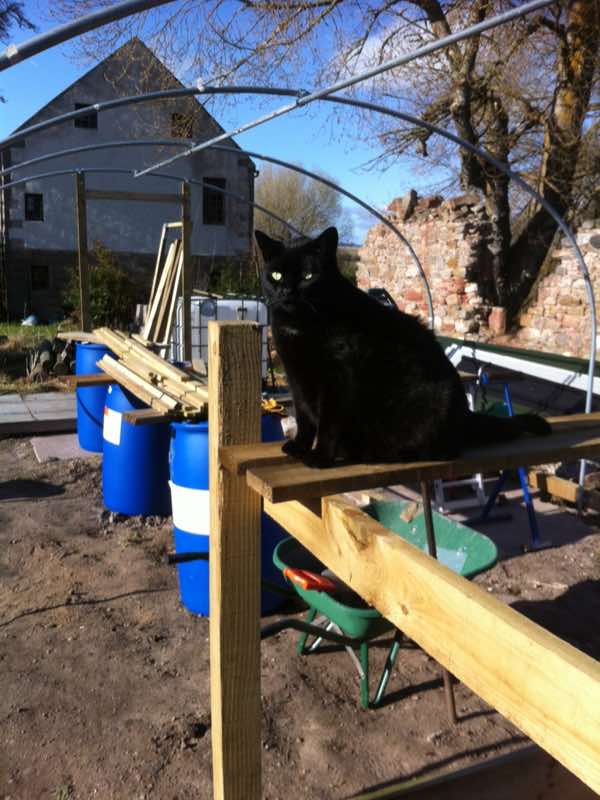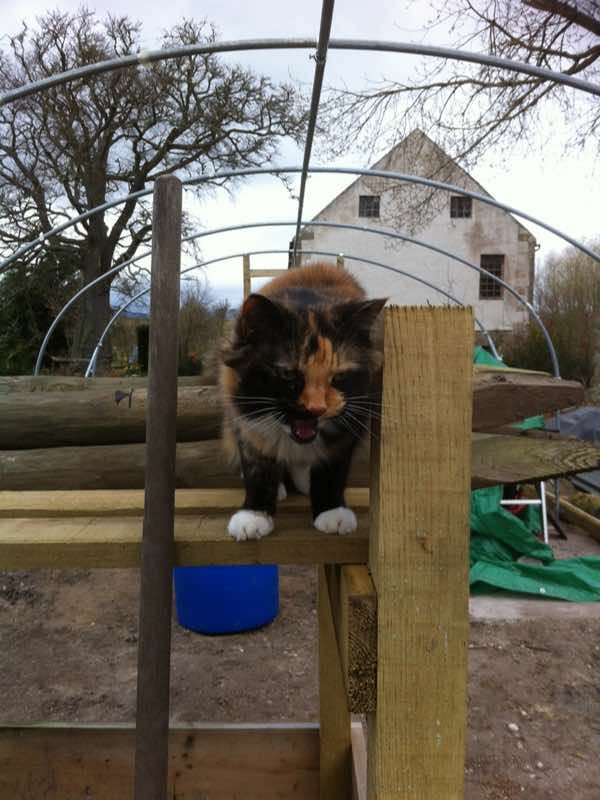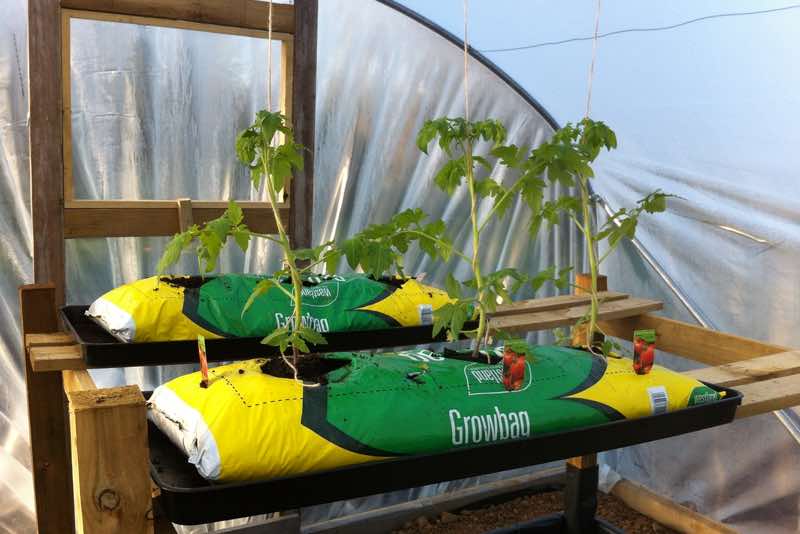FAUNA & FLORA
This page details some of the palnts and animals we are lucky to have in the garden of the mill.
The garden was essentially part of a field when we first moved in but several trees were added, along with non native bamboos, and rather than make it a formal garden it eveloved as a series of paths of short cropped grass through higher grass species and nettles. Some bulbs of snowdrops and daffodils were added and they have spread alongside the two small ponds which were established to encourage insects and frogs and toads. The increase in trees has unfortunately displaced some birds, such as Grasshopper warblers, which prefer meadow grass which are now overplanted in the main by trees. A kingfisher has been seen, fleetingly. Oak, Ash, Birch, Scots Pine, Balsam, Beech, Walnut and a Spanish Chestnut have all been planted along with Cypressus which was a mistake as they need cutting back as hedges / windbreaks. Spindle trees are dotted about too and shrubs such as Rhod. Ponticum have been added for some colour. Some fruit trees such as Egremont Russet and James Grieve apples were planted along with cherry and Victoria plum. Neglect means they probably don't do as well as they should but they feed the birds. Hazel also encourages field mice to stash nuts along with acorns in the shed in things such as motorcycle silencers which is only an issue when I go to refit them. Newts, frogs, toads, lizards and ants are frequently seens. Mustelids of various kinds visit regularly. Hares, foxes and roe deer wander at will too from the surrounding woods.
